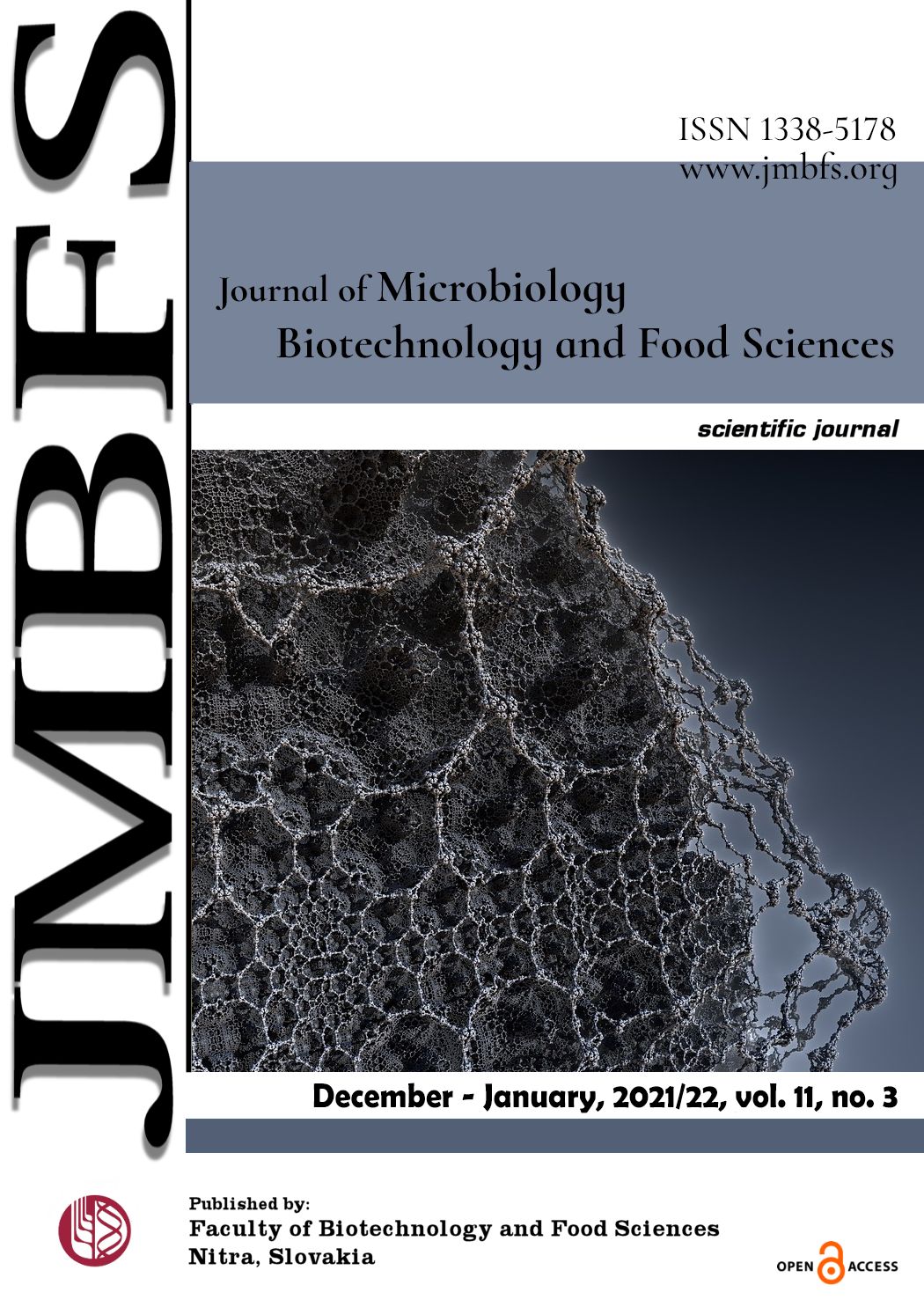OPTIMIZATION OF MEDIA COMPONENTS AND PROCESS PARAMETERS FOR MICROBIAL MEDIATED REMEDIATION OF AZO DYES: A REVIEW
DOI:
https://doi.org/10.15414/jmbfs.3549Keywords:
Optimization, Media Components, Process Parameters, Remediation, Azo DyesAbstract
Azo dyes are one of the most commonly used synthetic dyes with enormous applications in the textile industry. The recalcitrant properties of azo dyes could be attributed to the highly complex chemical organization. The limitations such as high cost and emergence of secondary toxic pollutants as by-products associated with physicochemical mode of degradation urged researchers to explore potential alternatives. Microorganisms having versatile metabolic pathways and adaptations to different environmental conditions gained the attention of researchers to exploit them for azo dyes degradation in a cost-effective manner. The azo dye degradation using microbial sources proved to be a promising approach as compared to conventional physicochemical approaches. Microorganisms can induce different metabolic pathways in response to the external environment. The biodegradation efficacy of the microorganisms-based approach can be maximized by optimizing the culture media and process parameters. Optimization techniques predict the conditions required to increase the efficacy of azo dyes degradation by microbial sources and also decrease the number of experimental runs to achieve the maximum percentage of degradation. Interaction of variables such as medium components and process parameters can be determined using optimization tools. Response Surface Methodology (RSM) and Artificial Neural Network (ANN) based optimization approaches were discussed in this review with special emphasis on microbial degradation of azo dyes.
Downloads
Downloads
Published
How to Cite
Issue
Section
License
Copyright (c) 2021 Rajeswari Uppala , AZhaguchamy Muthukumaran

This work is licensed under a Creative Commons Attribution 4.0 International License.
All papers published in the Journal of Microbiology, Biotechnology and Food Sciences are published under a CC-BY licence (CC-BY 4.0). Published materials can be shared (copy and redistribute the material in any medium or format) and adapted (remix, transform, and build upon the material for any purpose, even commercially) with specifying the author(s).





